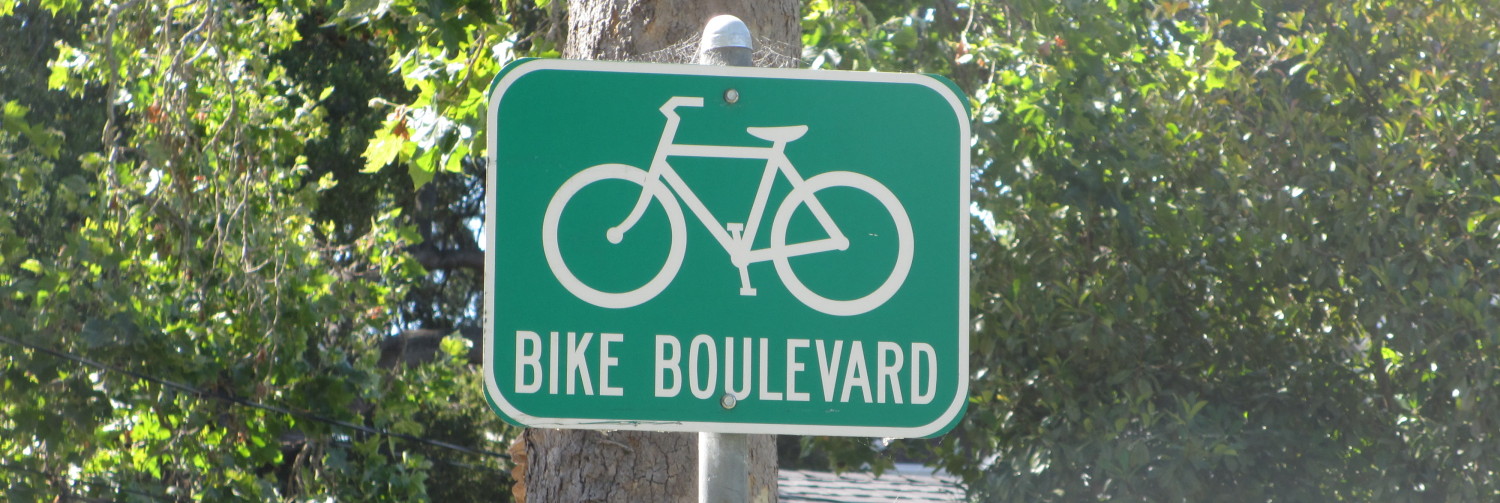Hmm, is this mop-haired, pouty-lipped hunk with the exposed nipple really giving out city maps?
Well, sort of. It’s a edisplay billboard, and once the camera pans down the hot bod fellow you discover Adonis is advertising boots or something for The Hudson’s Bay company in Amsterdam.
But, as advertised, there is an interactive city map for those who need it. Just push the button:
I think these advertising boards make more sense than the older-style round kiosk type of displays made famous in Paris, Vienna, and London. They are less labour intensive, since images change via electrons rather than a person carrying posters and double parked beside the kiosk. And the images move, which does offer some eye entertainment.
And in the case of the city map, I think it is fair trade to get something useful for some people (the city map, and ohh, wouldn’t it be wonderful to have a transit map and trip planner too?) at the price of some advertising. It’s not though the Euro-style poster kiosks are all virtuous public service announcements either.
Many of the poster displays in our Ottawa bus shelters are public service type ones, advertising blood donors, cannabis education, welcome immigrants, and political outreach. Compared to the high cost of arty municipal kiosks, I’ll accept the advertising. In European cities I also noted a number of these kiosks advertising art and theatre productions too.
I recognize and appreciate that some readers will want an advertising-free world, that posters are an affront. But the more we regulate, the more the unregulated pops up. The law of unintended consequences.
Our new LRT system will be advertising-free for the first year or two, as Ottawans are unable to cope wayfinding in new stations should they spot the Fido dog. After which advertising space will be sold. Sometimes, as when a firm buys a whole station and saturates it with a related media, the effect is quite immersive and artful. Just slapping up posters may work on bus shelters but it requires something more sophisticated and imaginative to really create a lasting impression or immersive environment.
It has been a trend now for several years for every city to have a billboard-intensive Times-Square-esque locale for those who like flashy displays. Toronto has Dundas Square. It isn’t to my taste, especially the music. If it ain’t Baroque, fix it.
Right in downtown Copenhagen, facing historic municipal buildings, a new one offers a huge contrast:
(note, by the way, the wide street, and tree-pot bollards…)
If all those “tasteful” company logos were removed, you’d be better able to enjoy the diagonal grid of LED light strips, that moved in various patterns and made waiting (long times…) at the traffic lights a bit more interesting. The new Ottawa Art Gallery has LED strips on the old jailhouse wall. The moving patterns are entertaining. They also make a lot of sense for a city that treats trees with contempt, has lots of snow and salt, and needs something to disguise the empty sidewalks and fill in the gaps between the NCC Christmas lights and summer.
The NAC lantern is also a boon in my mind, and it has advertising too (or is performance-related advertising somehow more noble?).
I’d like to see the new public Library, which will be a very long building, have some visual art on the exterior walls. This could be a static outline, moving light strips, or a giant glass window (in the daytime) that becomes a display at night. Would that be too exciting for Ottawans to take? Too distracting to motorists?? Too much fun for Disney on the Rideau?
The whole world need not be noisy or flashy. With flash and sass, should come some quiet zones. Something for everyone.
I noticed on a number of European transit vehicles and trains that some passenger areas are cell-phone-free:
The electron advertising genie ain’t going back into the bottle. Better to make better use of it.









